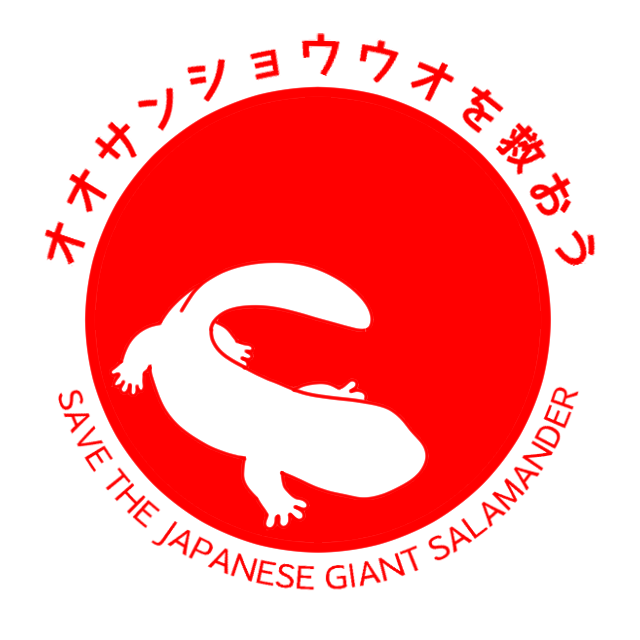Composting for a More Eco-Friendly Japanese Buddhist Faith
By Alyssa Torres & Francisco Garcia
During Japan’s late-summer event of Obon, an annual Buddhist event for commemorating one's ancestors, Japanese Buddhist Temples are brightened by beautiful floral arrangements and thoughtful food offerings. These offerings serve as a mark of reverence for ancestors who are believed to return to the realm of the living during this event. But as time passes, the once-vibrant bouquets wilt and the food offerings lose their freshness. Inevitably, these precious tokens of respect often end up in waste bins, untapped for the betterment of our environment.
In response to this challenge, Sustainable Daisen has taken a proactive stance, harnessing the potential of these otherwise discarded materials to enrich the environment and foster sustainable farming practices. The result is a project that reimagines waste as a resource, nurturing the growth of our own organically farmed produce. At the heart of this operation is our humble, small-scale compost station, a testament to the power of producing natural, home-grown plant fertilizers for free.
Our plan is simple: collect discarded food and plant-based items from local Buddhist temples, use them as natural plant fertilizer to grow organic vegetables, and sell the freshly-grown produce to those same temples. This process will create a complete, sustainable cycle. The most prevalent vegetables in Buddhist ceremonial offerings are often grown using harmful pesticides and other toxic chemicals. We believe the ancestors will be happier with these earth-friendly alternatives.
At first glance, setting up a compost station might appear complex and time-consuming. However, the process can feel simple when following the proper steps. The first step is to prepare a designated plot of land for housing the composting goods. Second, gather two types of material: “browns” like leaves, paper, and cardboard, and “greens” like food scraps and plant clippings. Lastly, mix these items in layers like a sandwich. Make sure to keep the pile damp like a wrung-out sponge, and turn it with a shovel now and then. In time, the materials will transition to dark, crumbly compost perfect for your plants. For more detailed instructions, check out these resources:
Japanese - Eco Kitchen: 生ゴミを堆肥化するコンポストの完全ガイド
English - Composting at Home | US EPA
With the generous support of local temples, the Sustainable Daisen Compost Project breathes life into discarded flower bouquets, rice, cucumbers, carrots, corn, and other plant-based substances. This endeavor reclaims these offerings while expanding organic farming awareness across our district. While Daisen Town boasts an abundance of vegetative farmlands, organic farming, and homemade composting remain relatively unfamiliar and infrequent. Sustainable Daisen aims to change that narrative.
The essence of composting transcends mere waste management; it is a tool to curtail organic waste and minimize greenhouse gas emissions. Beyond these environmental benefits, composting offers an economically sound alternative to store-bought fertilizers. The naturally enriched compost materials infuse the soil with nourishment, culminating in a vibrant flourish of healthier vegetation.
As we march forward, let’s embrace the legacy of tradition while incorporating the opportunities presented by sustainable practices. From the sacred offerings of Obon to the blossoming harvest, Sustainable Daisen celebrates the potential of every resource to contribute to a brighter, more ecologically conscious future for Daisen Town and beyond.







